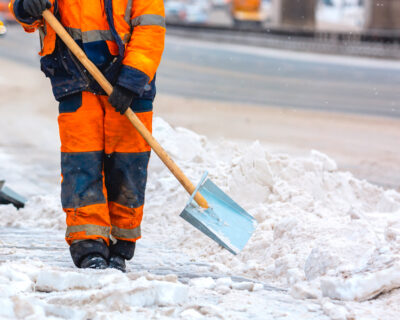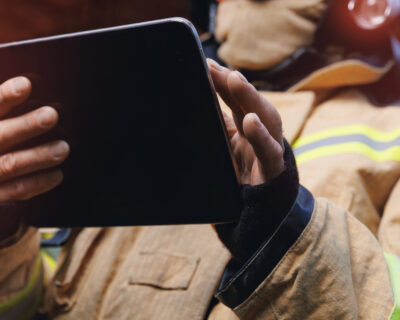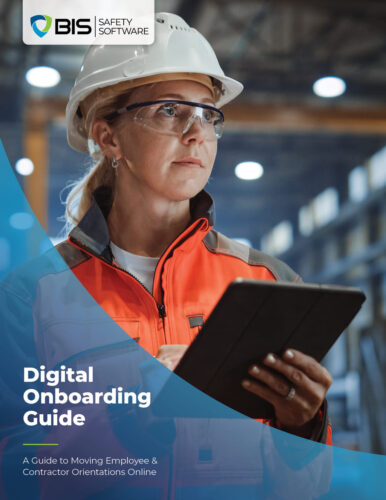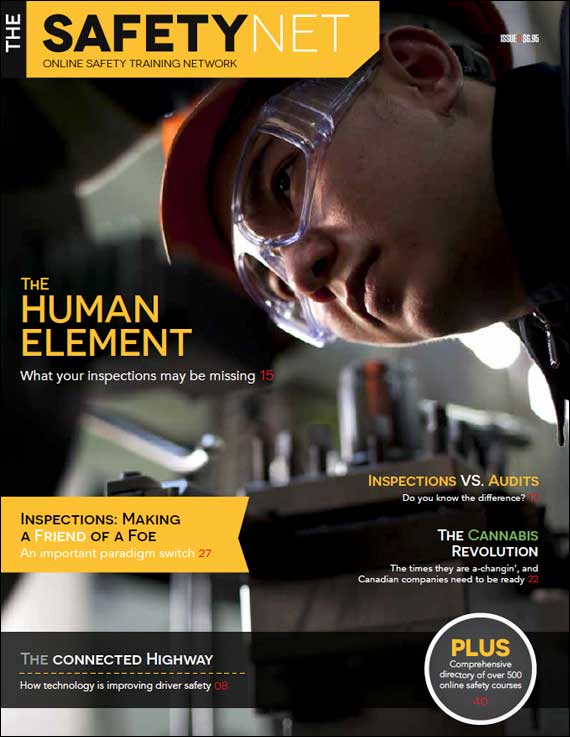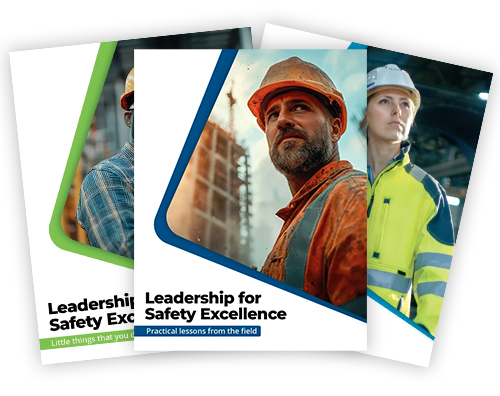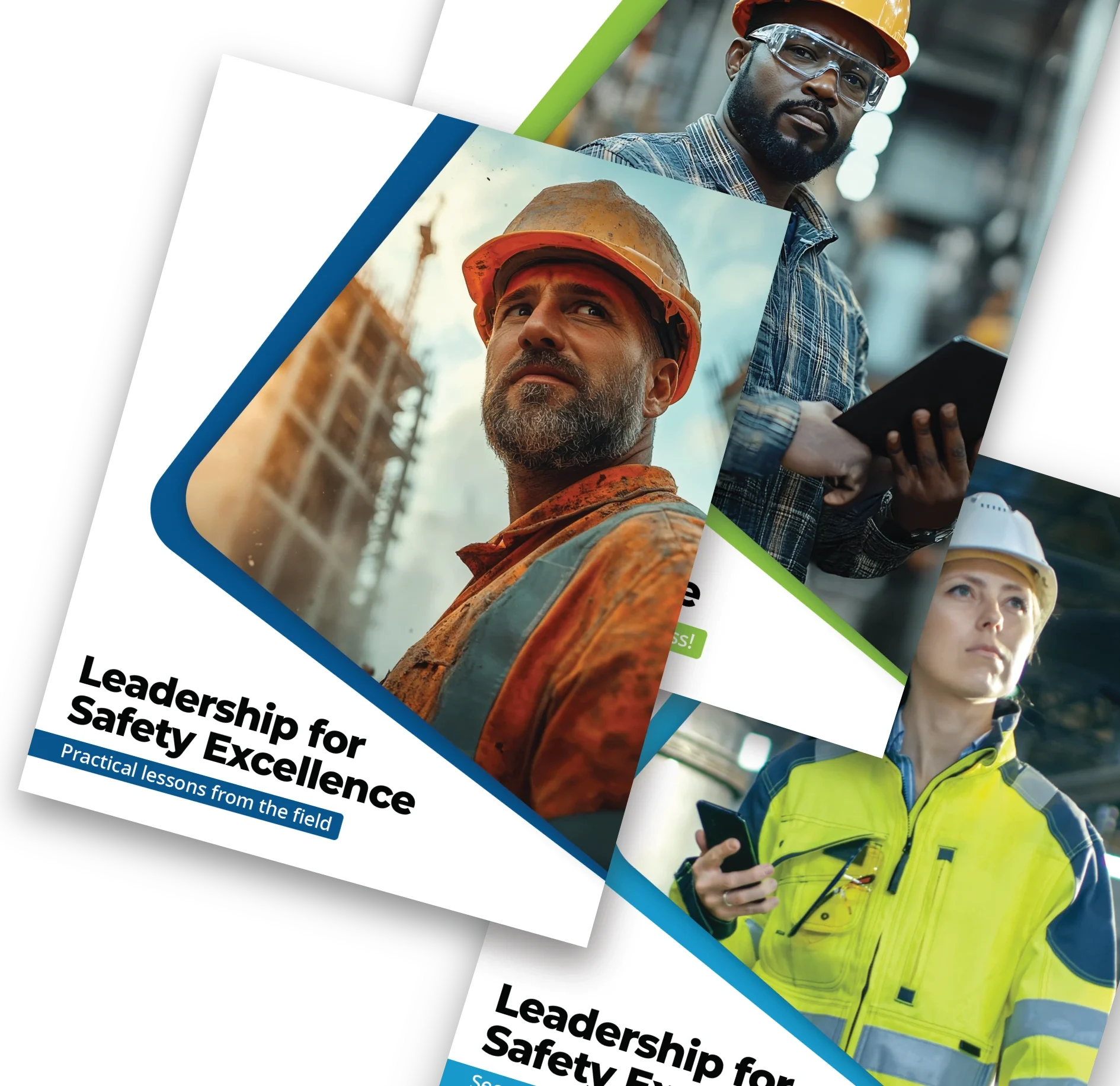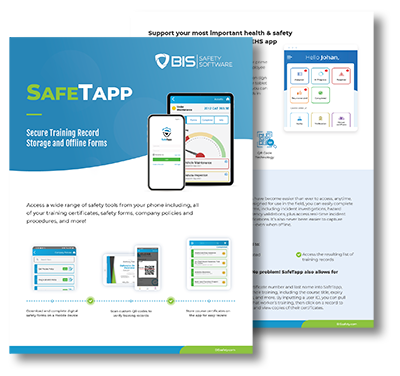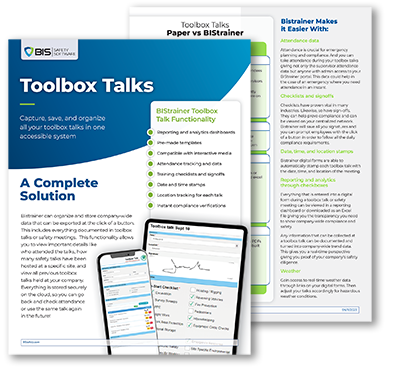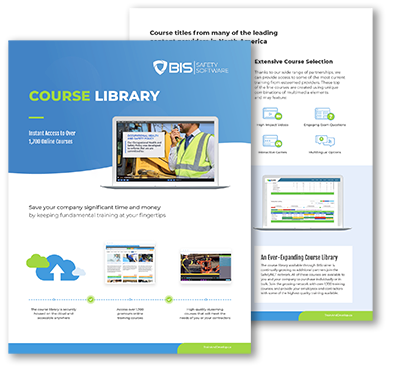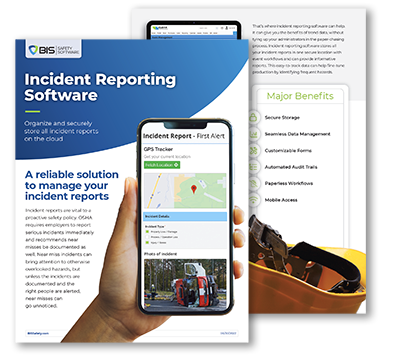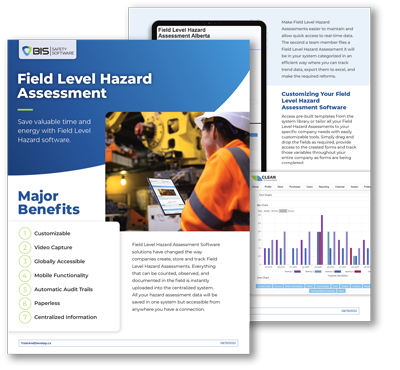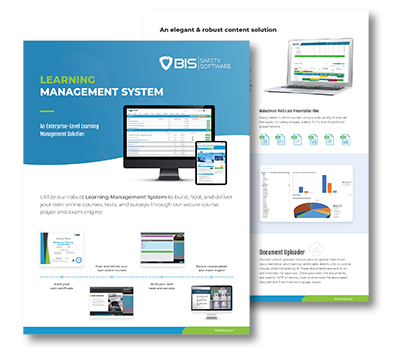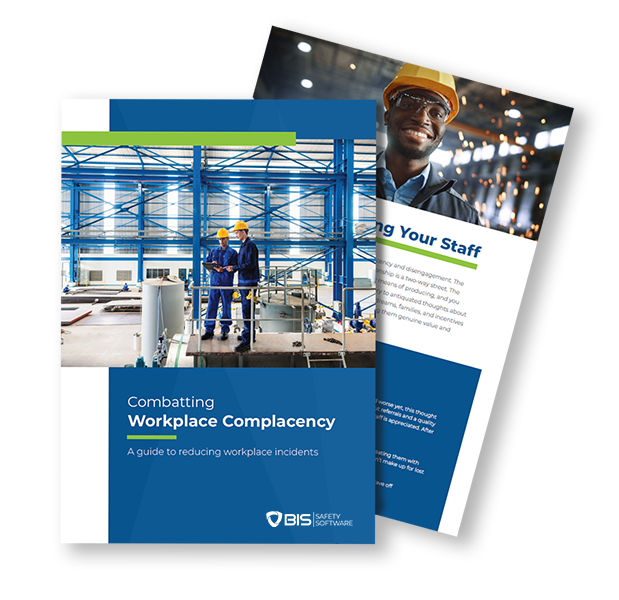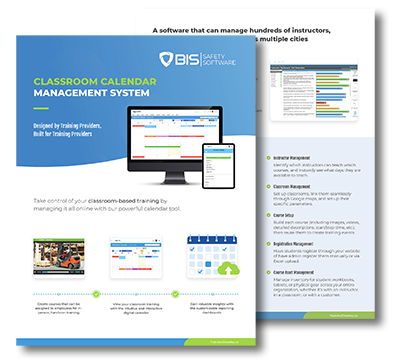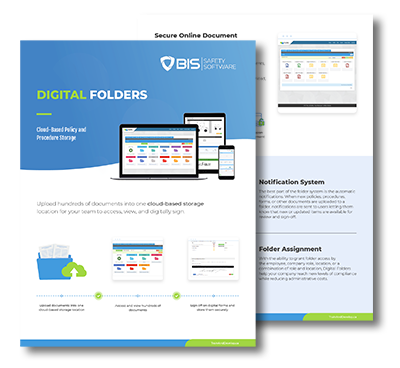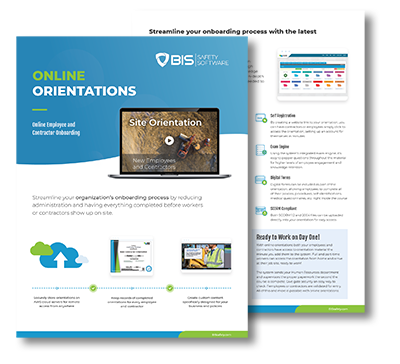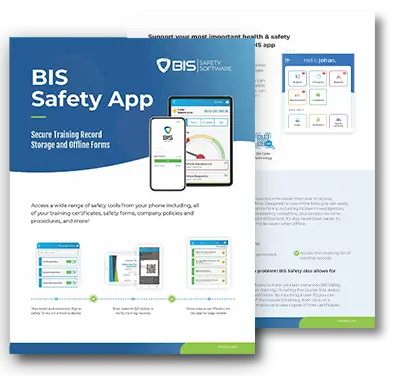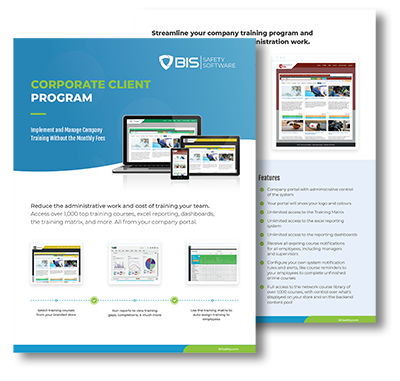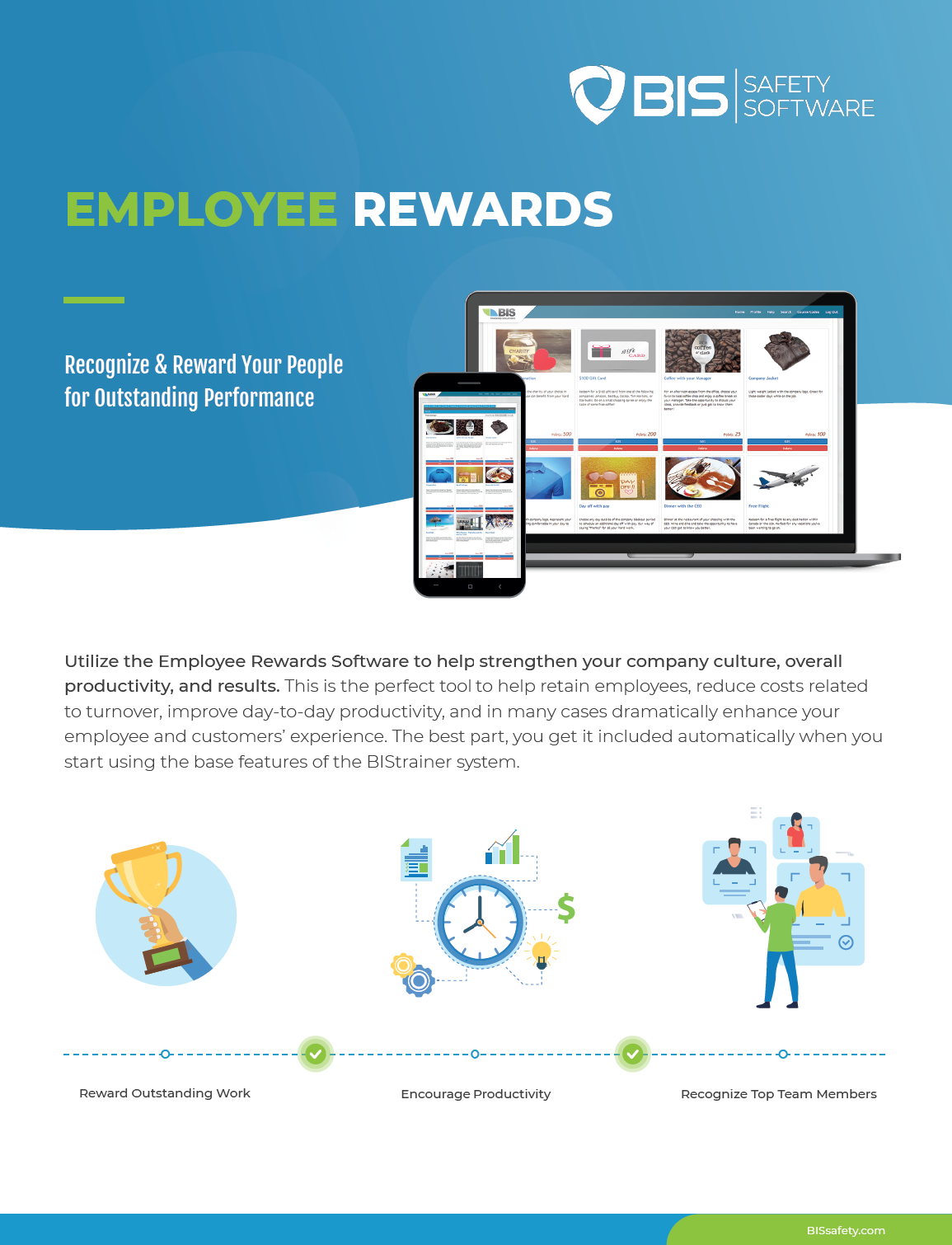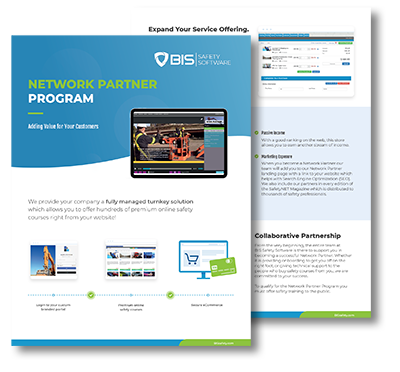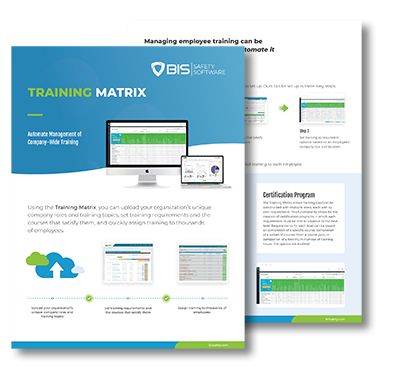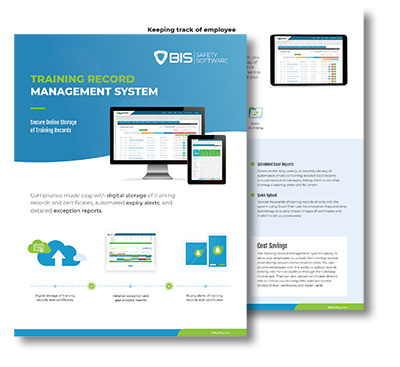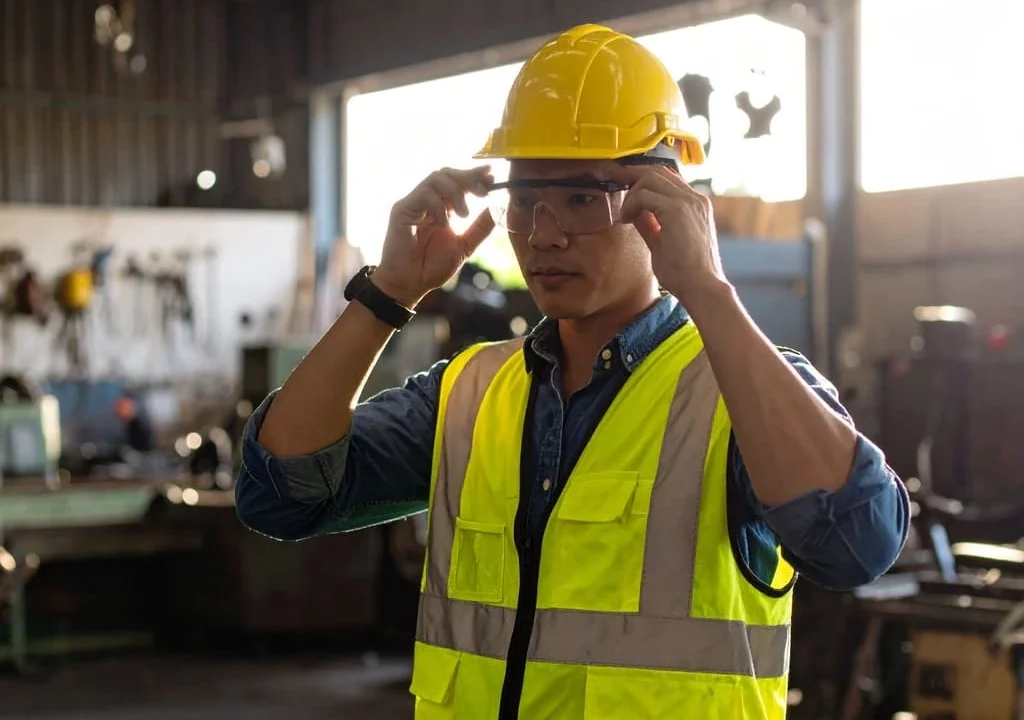
The Role of Personal Protective Equipment in Workplace Safety
Workplace personal protective equipment (PPE) plays a critical role when other safety controls can’t fully remove hazards. Helmets, respirators, goggles, gloves, and more—these aren’t optional add-ons; they’re life-saving tools that stand between workers and serious injury.
Though not the first safety strategy, PPE is essential when engineering or administrative controls don’t suffice. Whether you’re in manufacturing, construction, or healthcare, proper PPE use is the last line of defense—and it needs to be done right.
What Qualifies as PPE?
There’s no one-size-fits-all in PPE. Each category addresses different hazards:
- Head: Hard hats, bump caps
- Eyes & Face: Goggles, face shields
- Ears: Earplugs, earmuffs
- Respiratory: N95 masks, half-face respirators
- Hands: Cut-resistant, heat-resistant gloves
- Feet: Steel-toe boots, slip-resistant shoes
- Body: Coveralls, FR clothing
- Heights: Fall arrest harnesses, anchor points
Why PPE Often Misses the Mark
Despite clear OSHA standards, misuse is still rampant. Common issues include:
- Poor fit
- Lack of training
- Damaged or outdated equipment
- Skipping PPE for convenience
As one safety manager put it, “The best PPE is useless if it’s sitting in a locker.”
What OSHA Says About PPE
Under 29 CFR 1910 Subpart I, employers must:
- Assess hazards
- Provide PPE at no charge
- Train workers
- Replace damaged or worn PPE
Non-compliance can lead to serious accidents—and hefty penalties.
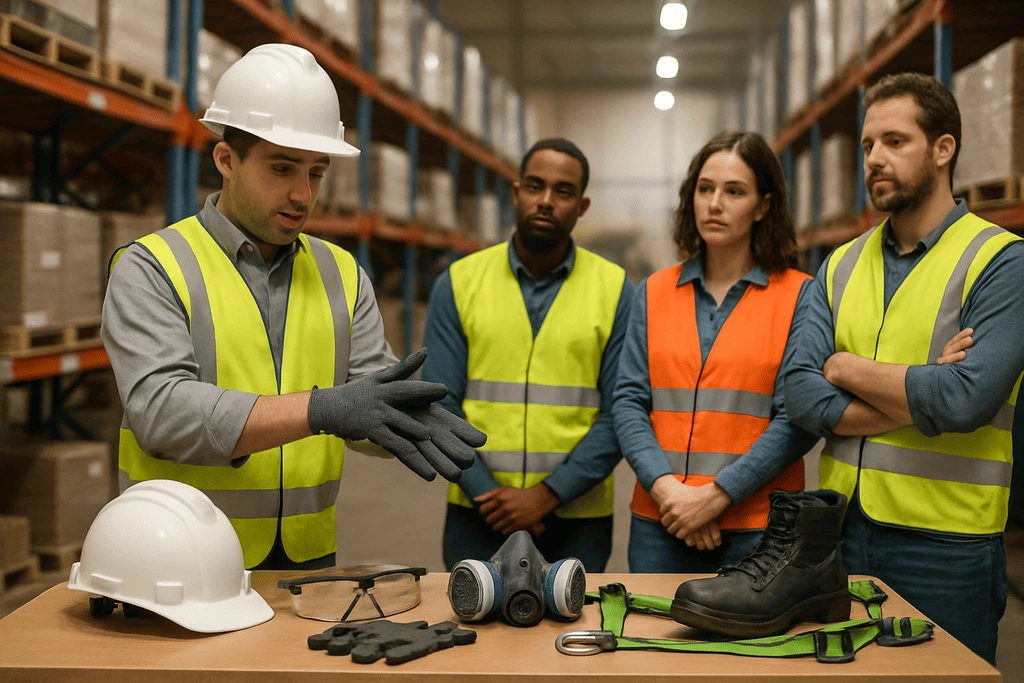
People Also Ask:
What’s the purpose of PPE at work?
To protect workers when hazards can’t be otherwise eliminated.
Is PPE required on every job site?
It’s mandatory wherever risk remains after other controls.
Who provides PPE?
Employers are legally required to supply it.
Can employees say no to PPE?
Not without valid medical or legal grounds.
Real-World Examples of PPE in Action
- A welder avoids burns using flame-resistant sleeves.
- A nurse wears an N95 mask during a viral outbreak.
- A warehouse team uses goggles to shield against flying parts.
Building a PPE Culture That Sticks
The best safety programs treat PPE as second nature—not an afterthought. Frequent training, clear leadership, and ongoing audits help build habits that save lives.
When everyone takes responsibility for PPE, safety becomes part of the workplace DNA.



